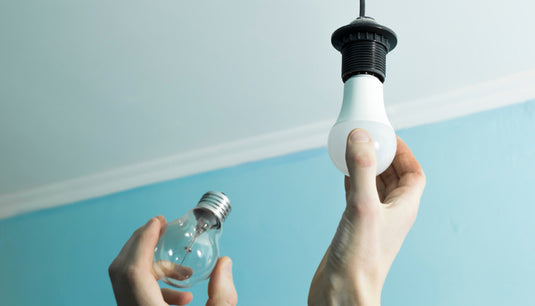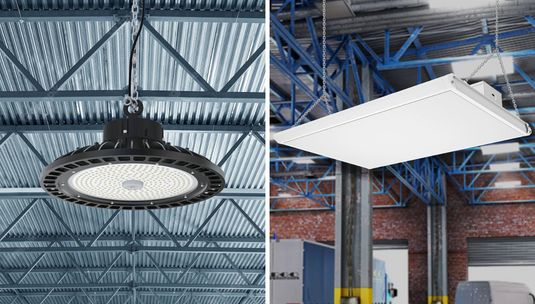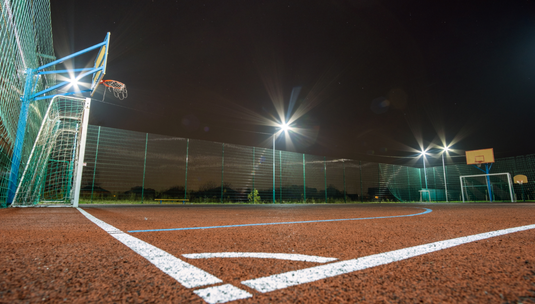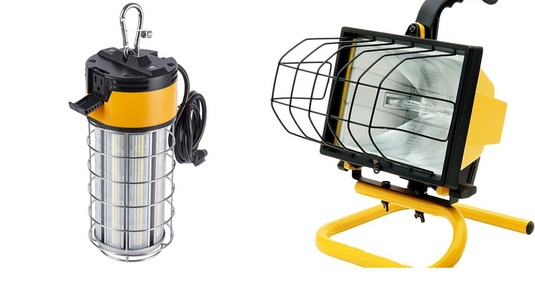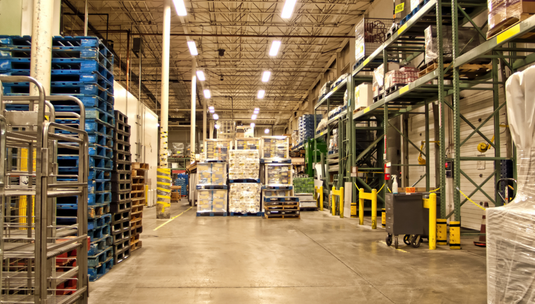A report from Statisca states that In 2020, LEDs are estimated to achieve a 61 percent penetration of the global lighting market.

But how effective are LED lights when compared with other lighting technologies?
In this blog, Let’s discuss the impact or effectiveness of LED lighting by considering the major inefficiencies of conventional lighting products such as halogen, incandescent, CFL, sodium-potassium and metal-halide bulb.
I hereby discuss the latest-in-innovation -- LED Lights and conventional lighting products by making a comparison between the two in the following points:
While LED lights come from the latest technology, the below article is broken down to clearly state the disadvantages of LED lighting.
- Excessive Power Consumption
- Poor Lighting Performance of Conventional Lights
- Poor Construction of Conventional Lights
- Conventional Lighting Is Hazardous
- Short Lifespan of Conventional Lights
- Cost-Inefficiency of Conventional Lights
Excessive Power Consumption
One of the biggest drawbacks conventional lighting products have is the excessive use of power to generate the same amount of light which an LED lighting product would do by using less of the same.
And, this is because much of the electrical energy used by the bulb gets wasted to produce an adequate amount of lighting. Hence, while a traditional incandescent bulb would operate at only 20% of energy efficiency, the rest 80% gets wasted in the form of heat.
This clearly explains, why the conventional lighting products have lower luminous efficacy. The incandescent lamps at the most have a luminous efficacy of 15-16 lumens/watt, the fluorescent lamps, on the other hand, have a little higher luminous efficacy than incandescents and that comes out to be 60-70 lumens/watt.
This automatically results in high energy costs, the burden of which, is on the end user.
It would be best for you to consider the lumens of different bulbs including LEDs and then divide the number of lumens by different wattages to see how LED lighting products at a very wattage produce the same number of lumens as produced by any conventional light bulb. In other words, LEDs are energy-efficient, the conventional bulbs are not.
Lately, LED Solar Lights have started acquiring customer’s interest. As per the U.S. Energy Information Administration , the following table shows renewable energy production and consumption.

One must also note that while halogen and incandescent bulbs have been banned by most developed countries, fluorescent lamps are still in use which pretty much explains that the end users have not understood the full significance of outdoor LED lights.
Poor Lighting Performance of Conventional Lights
Most conventional lights, especially the fluorescent tubes take too long to get started up when switched on and which is a great disadvantage when such lighting products are installed in any professional environment.
These traditional products, before they reach their full brightness levels, may take a few seconds to a few minutes and if they are frequently turned On or Off, their operational life expectancy may get reduced greatly.
The primary reason behind their late starting up is -- they need warming up before they can start or if they warm up too much, they need to cool down before they can be restarted. It finally is about the technology being used in such lamps or their mechanical construction.
So, think of the total time loss in a day, if such lights are in operation and with that, the loss of total productivity in industrial or commercial sectors.
Poor Quality Light
If you actually compare the light beam emitted by conventional in comparison to the SSL products, you get all the three things together and i.e. very high lumen output, a wide variety of colors or spectrum of lights (the color spectrums being termed as color temperatures in the language of lighting) and a high color rendering index.
Too Strong Glare
Most conventional lights such as sodium-potassium lamps or metal-halides had too strong a glare in their light beam which was a nuisance and often irritated people. If exposed to this glare for a long time, one can develop eye strain or illness of some sort. Also, the light beam, for the most part, had orange and yellow hues of low intensity which often can get boring.
Non-Directional Lighting
One of the major issues with conventional lights was that they didn’t emit light with a certain beam angle for the light to be focused on a specific area or an object. They emit light in all directions thus wasting a lot of light energy. This can also cause a lot of light pollution and impact human beings negatively.
In extreme contrast, the LED lights come to perform better as they cause no glare and cause no light pollution.
Inability To Operate at Extreme Temperature
It’s not so unknown that excesses in temperature affect the operation of conventional lights. The reason behind this is -- at low temperatures, the luminous flux gets decreased and then higher voltage is needed to start them.
By contrast, the LED lights can operate successfully under extreme temperature conditions because of which they are now becoming the word-of-mouth lighting products.
Poor Construction of Conventional Lighting Products
It was observed that most conventional lights wore off long before their service life came to a halt. It’s good news for us that we no longer have to worry about outdoor lights getting corroded or tampered due to accidental breakage or harsh weather condition since the outdoor LED lights have been designed with sturdy components (most often aluminum metal) to provide you with adequate ruggedness to withstand any external tampering.
Additionally, these LED lights are also tested for vibrations and shocks to withstand wind, rain or any traffic-related public sure.
Hazardous Lighting
The conventional lights having toxic chemicals and harmful radiation such as mercury or lead and ultraviolet or infrared radiation respectively caused chest pain, tremors, dementia and many other diseases in the past and because of which it is recommended that the use of such lights must be stopped.
Because of UV radiation in the light beam, bugs to get drawn to such lights. While this is true, such light bulbs also cause problems in recycling and disposal causing environmental hazards.
To that sense, the LED lights being eco-friendly are increasingly becoming the new-age preference.
Short lifespan
The longest lifespan of any conventional light is 20,000-30,000 hours and this too should be discounted, the primary reason being high lumen depreciation, almost up to 70% even before they are nearing the end of their lifespan.
By contrast, the LED lights last for 50,000 hours and the lifespan can be longer, if the storage battery of the same gets recharged and maintained.
Cost Inefficiency
If you compare the conventional lights (especially the outdoor street lights), they bring huge costs due to the heavy use of grid energy. Add to this the maintenance and labor costs, because you need to change the conventional street lights/pole lights too often because of consistent failures and operational inefficiency.
The conventional street lights may often require underground wiring and that increases the labor costs and would not be anywhere less than $4000-$5000.

With LED lights, they last over a decade in which case, the LED lighting costs are to be incurred but when averaging the total costs over the lifespan including the cost of energy, maintenance, equipment/ lighting fixture and labor, the costs would be much lower than the costs of any conventional lighting product.
How To Encourage The Use of LED lights -- Incentives & Rebates
In order to encourage the use of LED lighting products, both public and private sector incentivize the end consumer in order to promote a clean, green and healthy environment. About 200 incentive programs have been offered already until now as per the report by North Carolina Clean Energy Technology Center.
The change is clearly seen in the commercial and industrial sector according to the research by grandviewresearch.com.

Conclusion
It’s impossible to deny the importance of lighting. The benefits of LED lighting might seem limited due to its high purchase value but in the long-term, it brings in a huge benefit for property owners. Especially for commercial and industrial units.
Have you moved your lighting to LEDs? Let’s take the conversation to the comments section below.
 Call for Volume Discounts! Get Discounts on Bulk Volume Orders
Call for Volume Discounts! Get Discounts on Bulk Volume Orders 